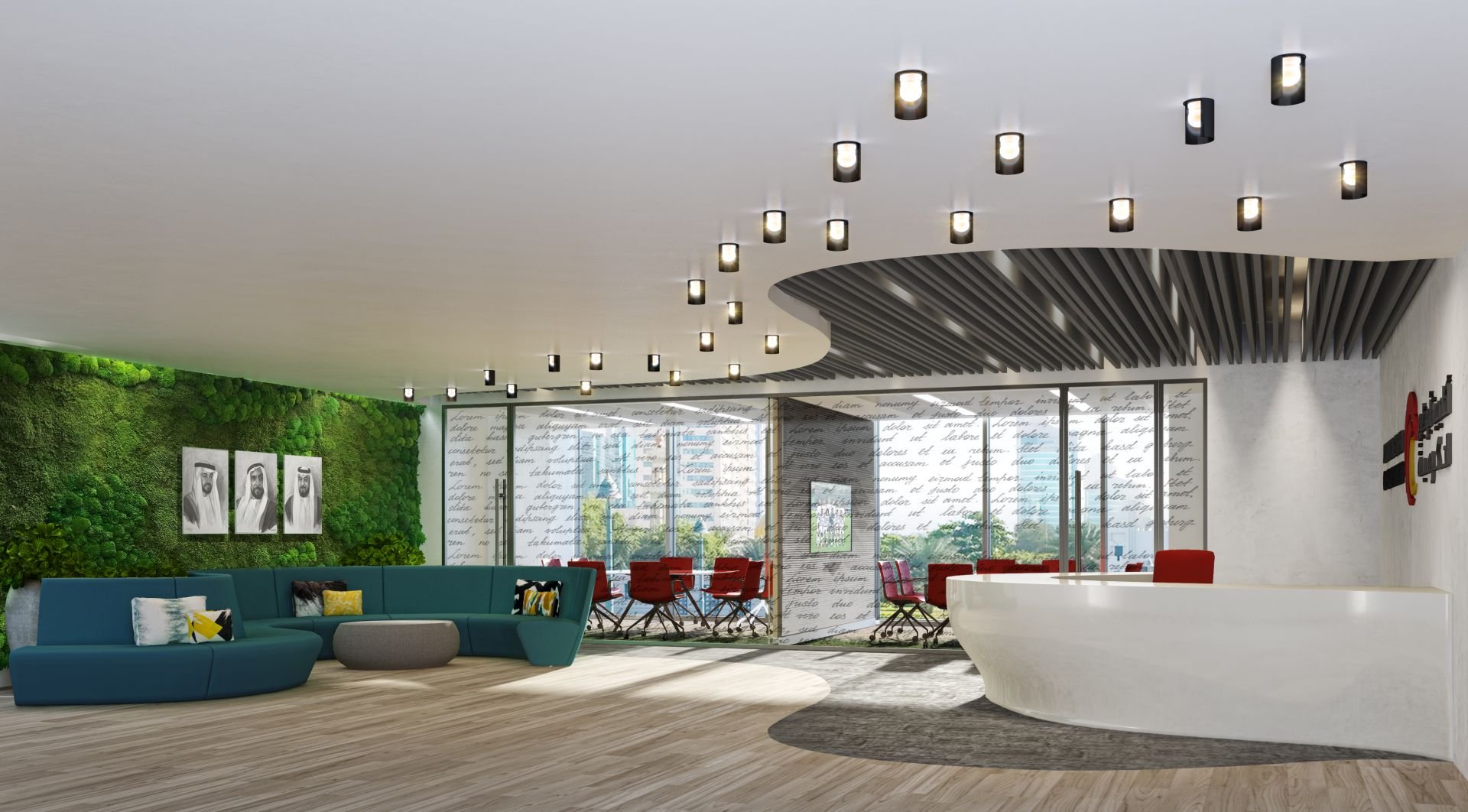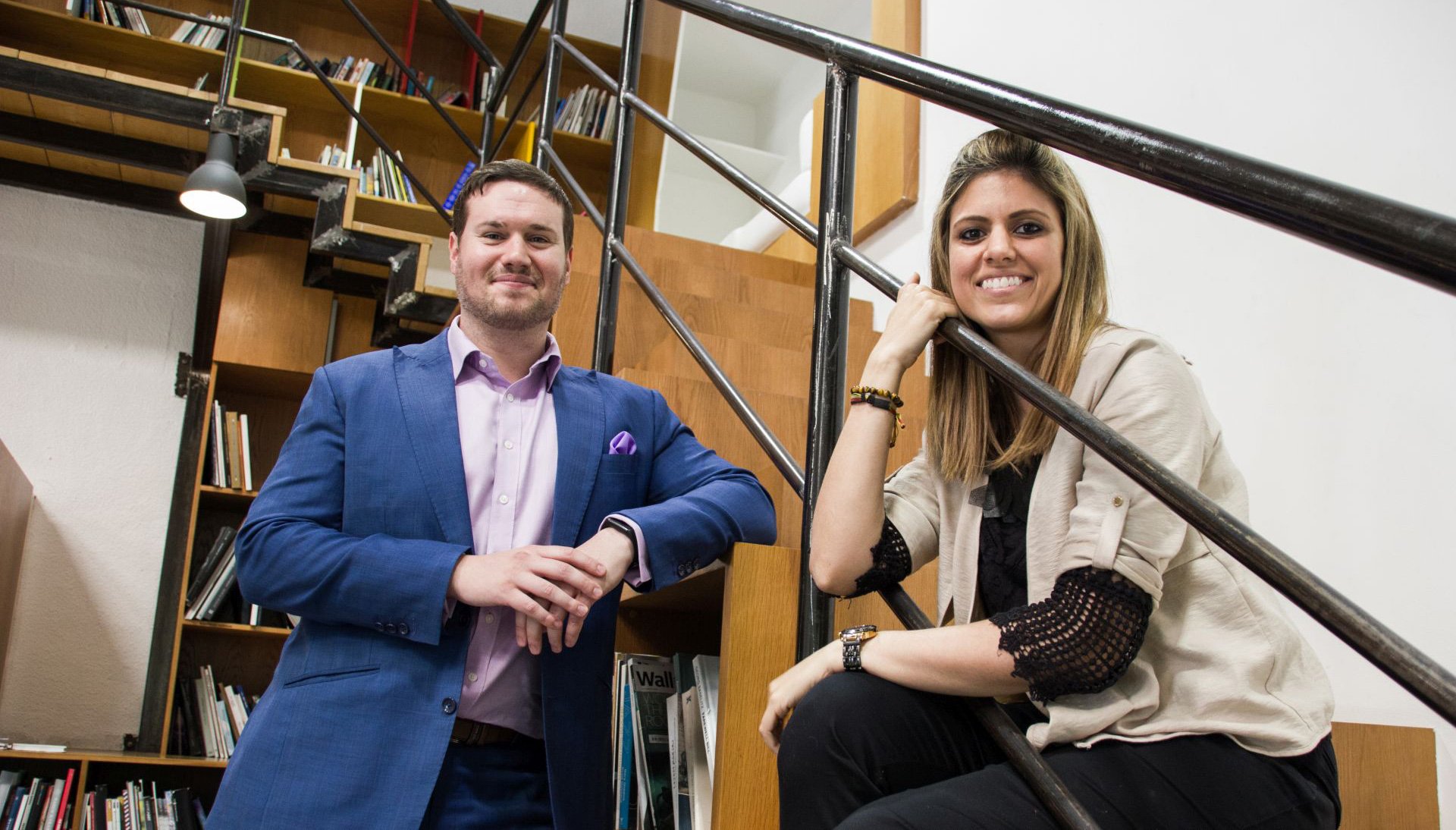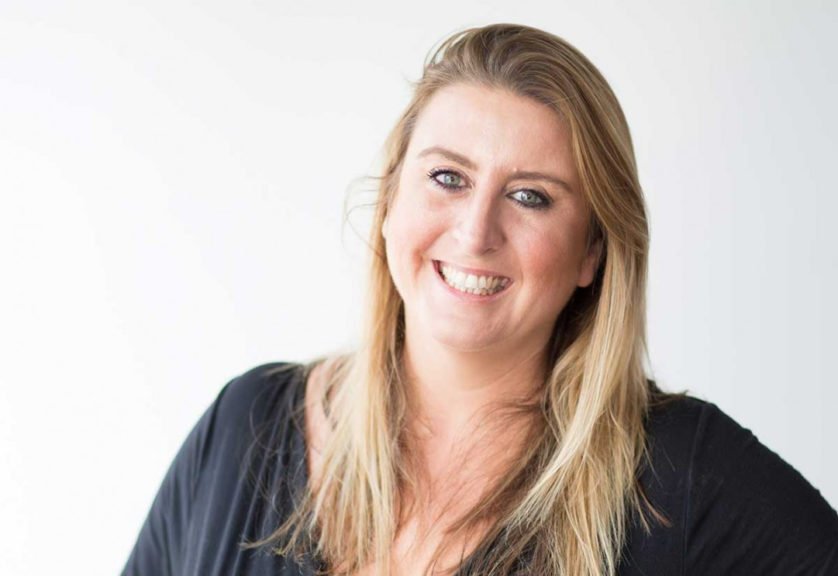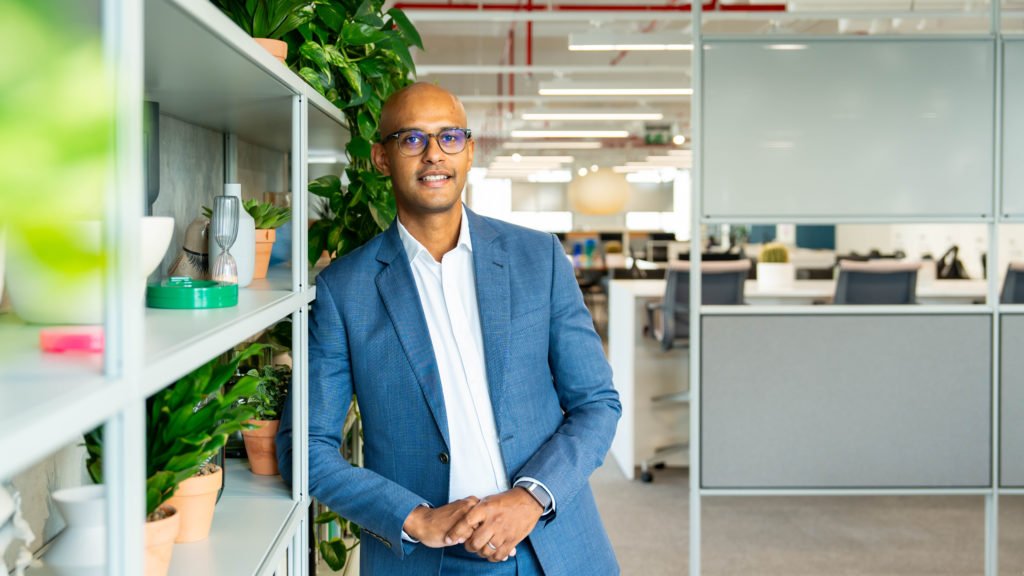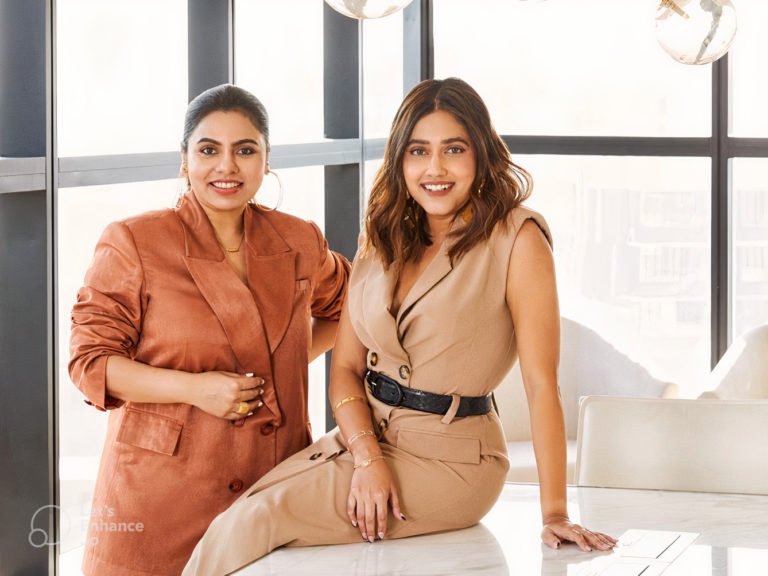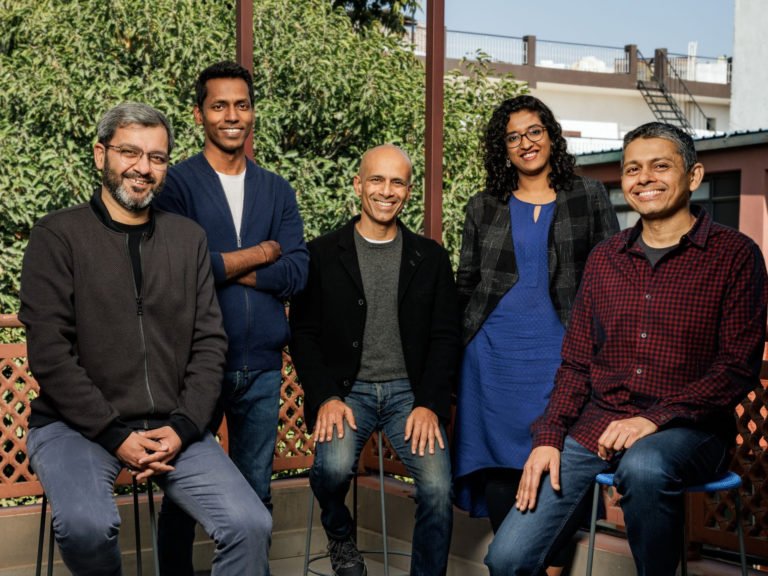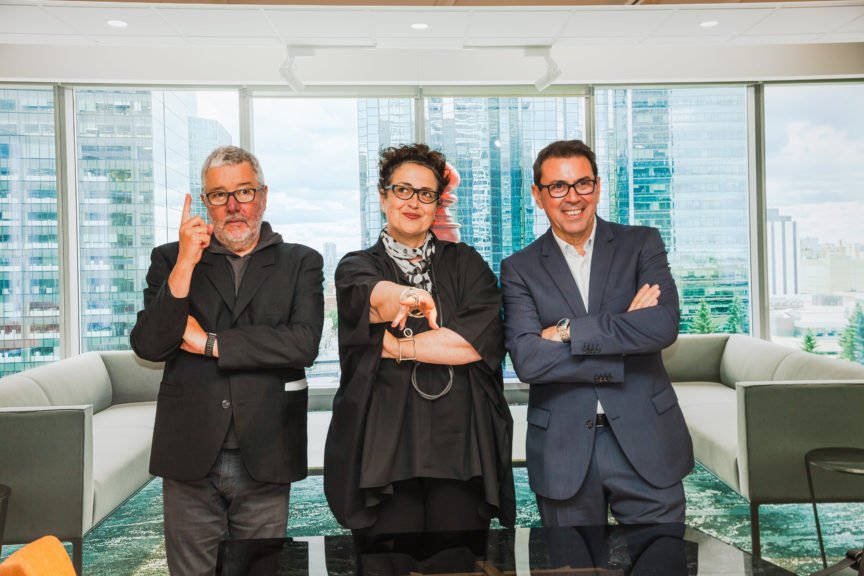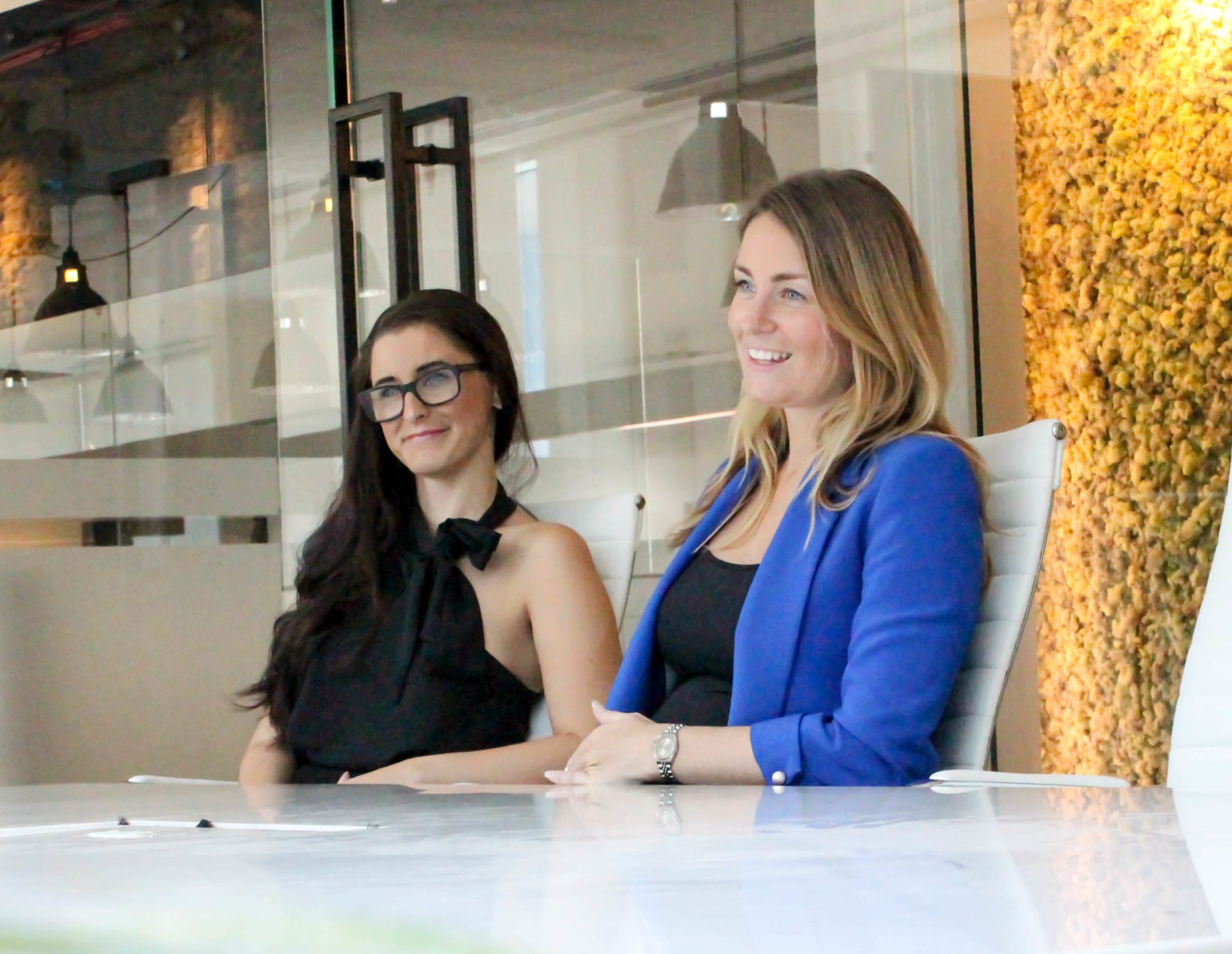Matthew Sexton and Laila Al-Yousuf are as different as night and… later that night. This dynamic duo left a mega design firm to create one of their own, which may have caused some mini panic attacks, but these two are certain about one thing – it was absolutely the right direction for them going forward. Their firm, SAY Studio, is thriving, with clients and peers that have also become their friends. In fact, they would probably tell you proudly that their personable style is what sets them apart from the milieu.
What was the driving factor behind leaving a corporate giant like Perkins + Will to start a firm of your own?
Matthew: After a certain number of years in big corporations, while you learn a lot, it also can distract why you went into design in the first place. Although I have a passion for business, I believe it should always be in equal parts with the design, and this is what I started to miss. When I was younger, there was a natural gravitation from being an artist to a career in design, and it was always good fun throughout. My tenure at Perkins+Will taught me a great deal and I will always look back at my time there fondly, but I knew it was time for a change and I have fully embraced that decision. Now, at SAY Studio, we offer design excellence, as do other firms, but what makes us unique is our dynamic. We love that our clients look forward to our meetings, which should be interesting, exciting and fun, without constraints.
“At SAY Studio, we offer design excellence, as do other firms, but what makes us unique is our dynamic. We love that our clients look forward to our meetings, which should be interesting, exciting and fun, without constraints” – Matthew Sexton
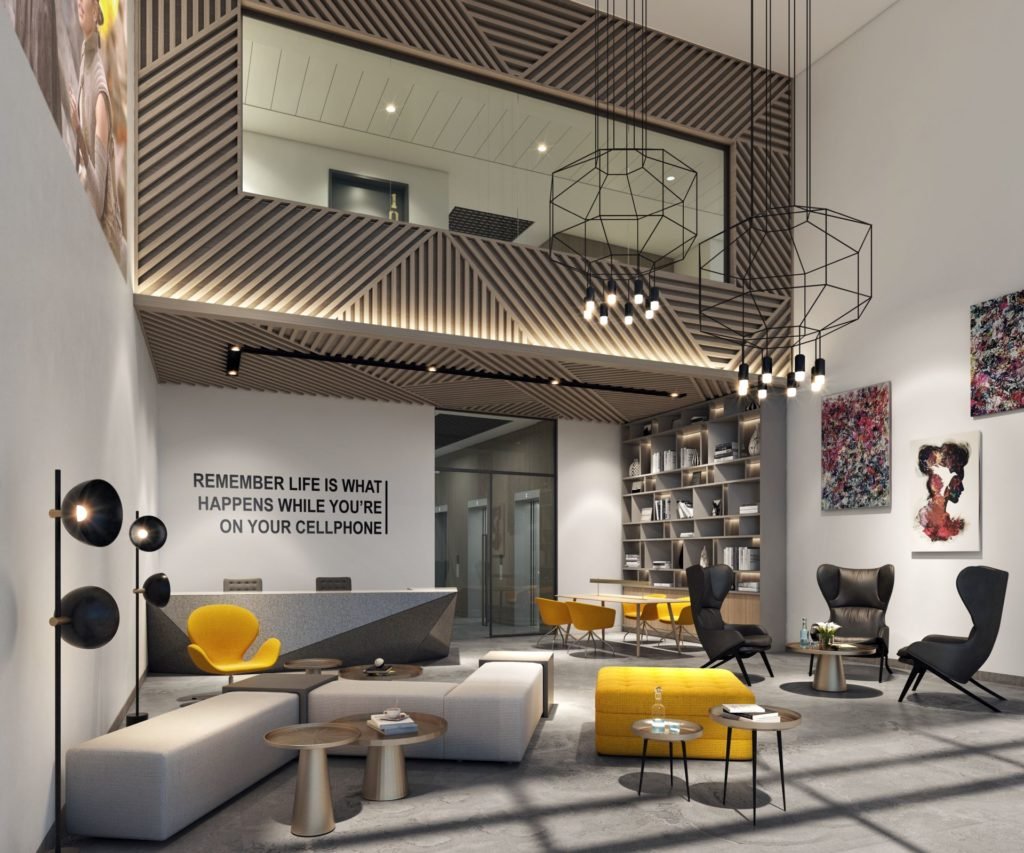
Laila: We don’t believe that design can be commoditised. We have always enjoyed working with a client one on one and really understanding their core vision for a space, and then potentially pushing those boundaries even further.
While we are very thankful to have learnt all that we did at Perkins+Will, it was time to leave our comfort zone and focus on our dream. And the biggest question we got asked when we left was, “How are you not afraid? You’re taking such a big risk?” But in our minds, if you haven’t tried, then you’ve failed already.
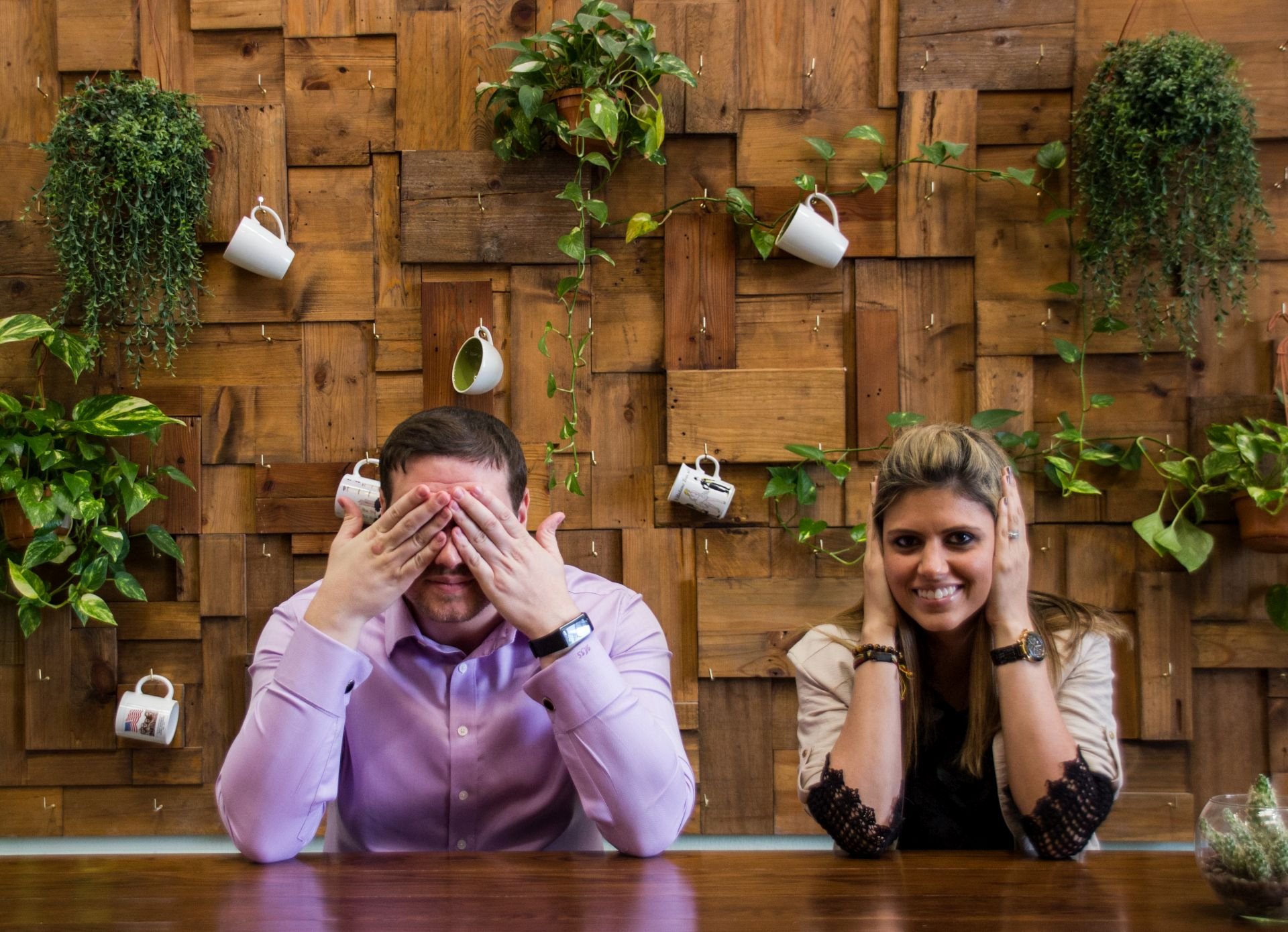
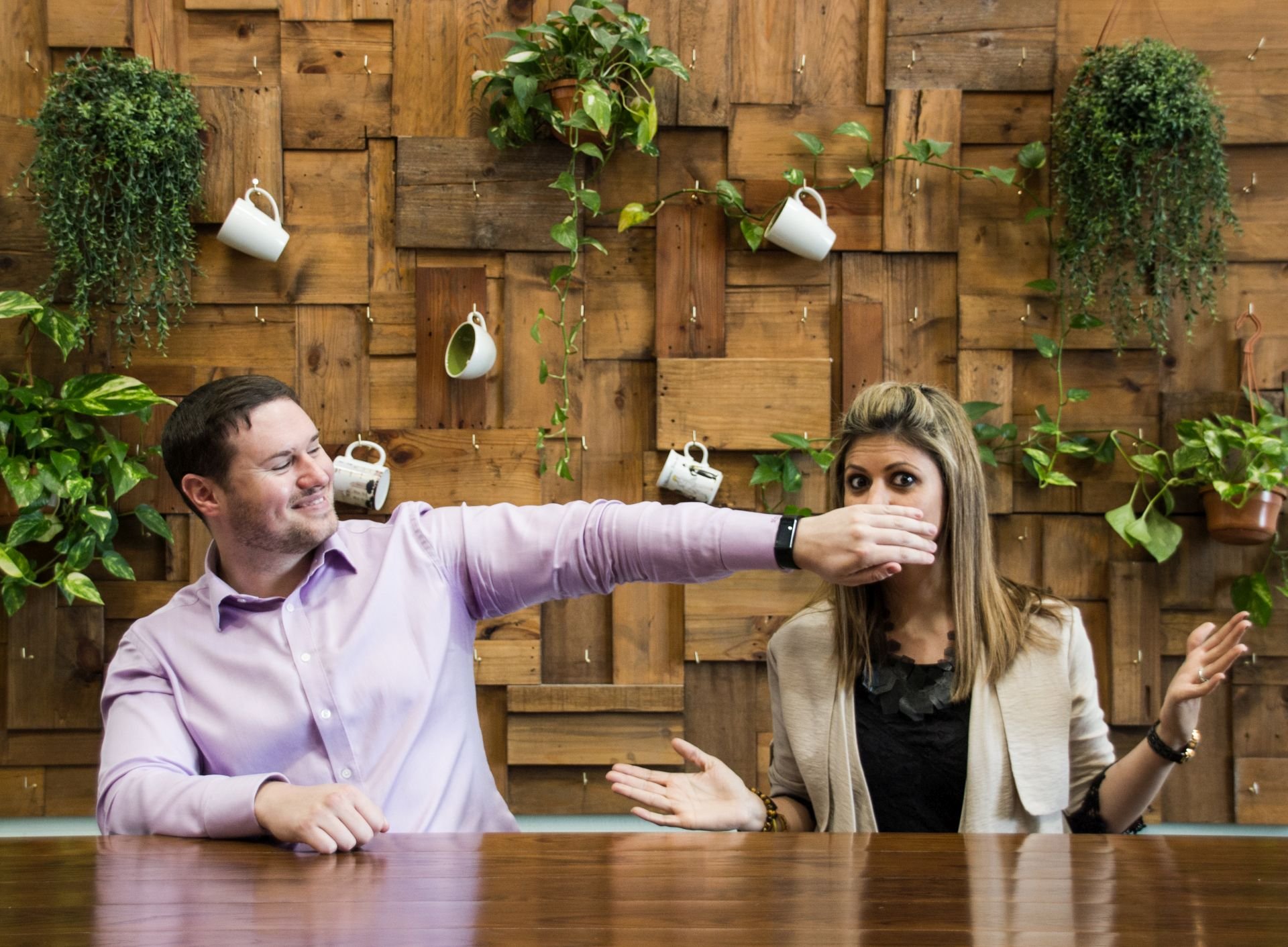
And how has it been so far, although we realise SAY Studio is only a few months old?
Matt: I spent the last couple of years building relationships within the industry, and when people found out we were starting anew, they offered their full support, not just with words but with actions. This has been incredibly humbling.
Laila: This field is so much a part of who we are, that it is difficult to draw the line between business and pleasure. The people that we connected with in the industry are not only our clients but also real friends. And so the amount of support we got for SAY Studio was really overwhelming.
We don’t believe that design can be commoditised. We have always enjoyed working with a client one on one and really understanding their core vision for a space – Laila Al-Yousuf

What do you feel have been some of the big changes in the industry, and how have you reacted to them?
Matthew: I wouldn’t say the market has changed; I would say it has matured. Due to this process, we are seeing a much greater depth of talent. Clients have options like never before, be it global design houses that offer a safe pair of hands, or smaller boutique firms that offer personalised service and unbridled design solutions. I have watched Dubai grow over the course of the last decade, and I honestly think we are amongst the strongest markets in the world with regards to design output. You only have to look around to see the evidence of that.
In terms of “reacting” to this evolution, I haven’t yet. I have, however, been a part of it, been inspired by it, and learn something new every day.
What is SAY Studio’s competitive edge – what would drive clients to you and not the competition?
Matt: I believe the thing that make us unique is my business partner Laila and myself. It is our personal dynamic that differentiates us from everyone else. Laila is a fiercely passionate and creative designer who goes above and beyond for all of her clients, and I’m a businessman with vision, and a love for what we do.
What is SAY Studio’s ‘secret sauce’?
Laila: What makes us unique is “Matt and Laila”, not one or the other. Separately, we wouldn’t be nearly as strong. We have also become great friends over time – it is a relationship with no filter, and we can be exactly who we are in front of each other. Plus there is a certain sense of intuition between us, which allows us to partner together to achieve something that we could not have achieved separately.
It is the synergy that we bring, that attracts the clients… and a lot of laughter in the process. Some days, we’re laughing so hard, there doesn’t seem to be enough oxygen in the room!
Matt: When you choose a business partner, you invest your own time and money, and it is a huge commitment. There are not many more commitments, other than marriage, that are bigger than that. Then you have to trust each other entirely and have faith in what each party brings to the table.
And what of social responsibility?
Both: We need to influence positive change, whether this relates directly to the choices made within the context of the design, or on a larger scale of how our work can have a greater impact on the community. The questions that we ask ourselves are: Have we positively influenced the behavior of the occupants of a space? Have we improved the quality of life of those working on a construction site? Can we make choices that have a positive impact on the environment, or otherwise mitigate any negative impact? Can our actions here improve the lives of people in third world countries? Are we inspiring future generations of designers in Dubai?
Do you incorporate the concepts of sustainability and biophilia in your design? Particularly in a market where cost is a big factor?
Yes, absolutely. Spaces are designed for the people so, of course, design needs to revolve around human centric principles. People are quick to dismiss sustainable design thinking that the impact of their project is so small in the grand scheme of things. This perspective needs to be adjusted – if a product is harmful for the environment, then it is harmful for the occupant as well. It is also important to consider the carbon footprint. Products that have been imported from all over the world may be “green”, but packaging and transportation also have an impact on the environment. Sourcing regional materials, encouraging companies to set up local manufacturing, reusing products, or extending the lifespan of purchased products, are all ways of helping offset this issue.
Also, about 90 per cent of our time is currently spent indoors. Biophilic design is therefore more important than ever and actually does have a measurable and commercial impact. The introduction of biophilic principles can lead to an 8 to 15 per cent increase in productivity. Companies invest significantly in trainings to improve productivity of staff, when a considerable impact can be made through the introduction of biophilia. People tend to spend more time in such places – it isn’t an accident that Apple has trees in all of its retail locations.
What are your plans for the future?
We want to build a strong foothold within corporate design and continue to diversify into other sectors. Dubai will always be our base and our ambition is to grow within the region. We would also like to look for partnerships through other avenues too, as we see design as a merging of creative minds – whether this is fashion, graphics, textiles, etc. We hope to continue to find ways of invoking positive change within the industry – whether it is a continued emphasis on sustainable design, or developing relationships with local universities in support of internship/mentorship programs, or pro bono and charitable endeavors.
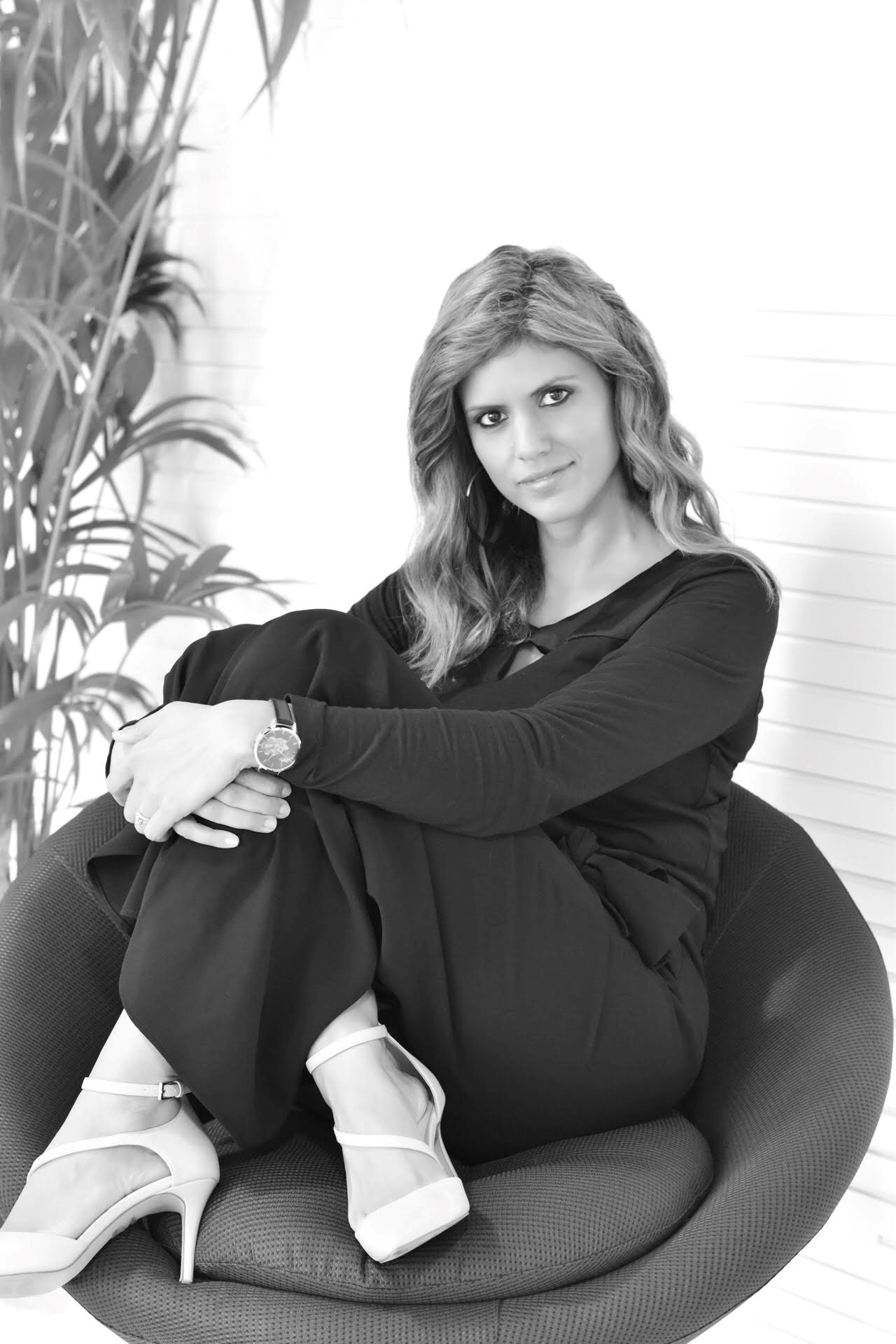
Why design?
Laila: Designers are problem solvers. So I wanted to see if design could have a larger influence on how we live our lives and the impact we have on the environment, and consequently, improve the quality of people’s lives.
Great design goes beyond the four walls that contain it. I’m hoping we can use it to make people feel better, build stronger communities, have a positive effect on the environment, and improve the quality of life for those that are less fortunate.
As an Emirati, do you feel you have an edge over the competition?
Laila: I believe that I have more insight into the culture, but also by being raised here, an ability to relate to many cultures. Dubai is so diverse per capita compared to many other places in the world, that anyone growing up here is exposed to multiple nationalities and ways of life. People often criticise Dubai for a lack of history, but the beauty is that we are actually witnessing history first hand. We are living through a period that people will reference in the future, and we have the choice to be a part of it.
And so, we would never have wanted to base our company anywhere else. Dubai is home for both of us, and this is an opportunity to give back to a place that we feel has given so much to us.
Where do you both see yourself, and the company, one year from now?
A successful team of creative and happy people, with an ambition to always achieve the next goal.
